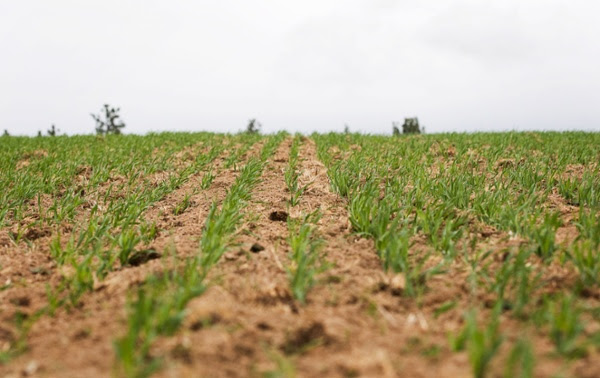
Last week, we reported that 2017 will see the lowest U.S. barley production on record. Those stats are not stopping the East Coast from still dabbling in the crop — especially when it comes to malting it for beer — noting the vast majority of barley is grown out West in Idaho, Minnesota, Montana, North Dakota and Washington. But, the growth in the number of brewers and distillers in the eastern United States and the movement to source ingredients locally has created a new market for malting barley in the region.
There are now malting barley breeding programs at Virginia Tech, Blacksburg, Va.; USDA-Agricultural Research Service, Raleigh; Ohio State University, Wooster, Ohio; and Cornell University, Ithaca, N.Y. Penn State‘s College of Agricultural Sciences basically wrote the book on growing malting barley in Pennsylvania, and you can read it online right here. Even Eastern Canada is getting in the mix.
Some states have added incentives to further cultivate these markets. One of those states is New York, which has been pretty progressive for localized beer overall.
For instance: The Farm Brewing Law was passed by Governor Andrew Cuomo in 2012 and put in to effect January 1, 2013. It was designed to increase farm breweries and the demand for locally grown products to further increase economic impact and create new businesses surrounding the New York brewing industry. This week, congressmen like Sen. Chuck Schumer are continuing his push that Farm Brewing Law and the idea of licensed farm breweries in the direction of localized malt. Schumer (D-N.Y.) is prodding the U.S. Department of Agriculture to extend its “Malting Barley Endorsement” — an upgraded premium type of crop insurance — to New York farmers.
Now, malt barley farmers in 44 upstate New York counties are already eligible for crop insurance from the federal government, but under this federal upgrade, that coverage would increase to 2.5 times the potential value. Read all about the Malting Barley Endorsement right here. According to the Auburn Citizen:
“If you’re a brewer, you need a lot of malt barley to make the entire process work,” Schumer said. “Growing malt barley should be a great opportunity for our farmers, but there are many obstacles, risks and costs that stand in the way.”
Challenges like fungus will certainly be a hurdle. In nearby Pennsylvania, the climate is very favorable to the development of fungal diseases, which is a problem for quality and yield. Fusarium head blight, also called head scab, can result in the production of a toxin, called vomitoxin. That’s why “premium” insurance would be a great incentive for farmers who will need to experiment to find which varieties of a barley and which farming techniques work best in the state. Because barley production is certainly feasible on the East Coast — check out this story on the Maine Malt House and Buck Farms.
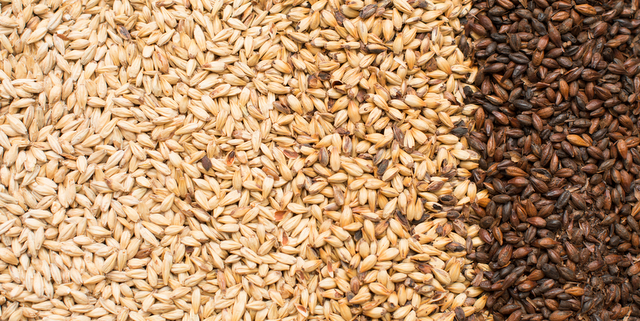
Schumer is pushing this upgraded barley insurance and production because of the aforementioned Farm Brewing Law. Under the new law, in order to receive a farm brewery license in New York State, the beer must be made primarily from locally grown farm products. According to the New York State Brewers Association, the schedule for the license is as follows:
- Until the end of 2018, at least 20% of the hops and 20% of all other ingredients must be grown in New York State.
- From January 1, 2019 to December 31, 2023, no less than 60% of the hops and 60% of all other ingredients must be grown in New York State.
- From January 1, 2024, no less than 90% of the hops and 90% of all other ingredients must be grown in New York State.
As a licensed farm brewery, these New York beer makers would be allowed to be designated as “New York State labeled beer.” Brewers would not need an additional permit to serve beer by the glass, which has the highest return for sales, and they would be allowed to have five “branch offices.” where they could have tasting rooms, retail and sell and serve their products.
But still, that’s a lot of ingredients, so New York politicians are continuing to push legislation to encourage local farming ingredients for beer, wine and spirits growth. Back to the Auburn Citizen:
Schumer said securing the malting barley endorsement will increase the number of farmers who want to grow the crop and increase the supply, which will help breweries meet the 90 percent goal in seven years.
“If we don’t get more malt barley that won’t happen, so that’ll hurt us,” he said.

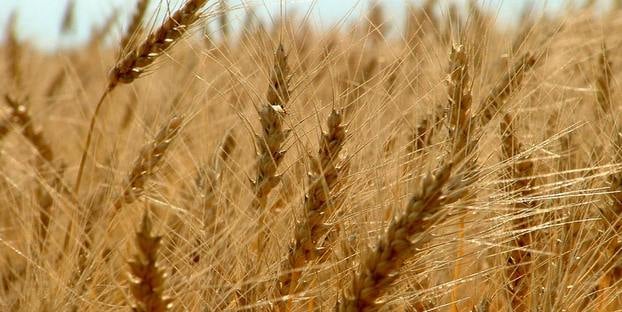
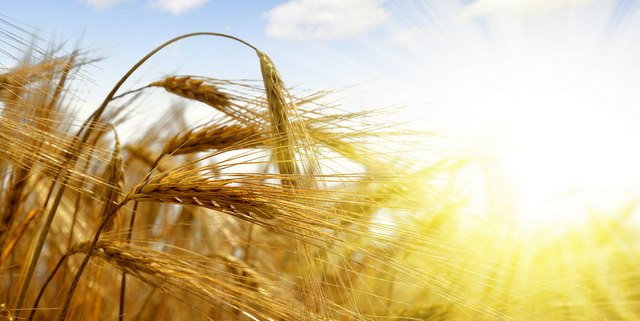
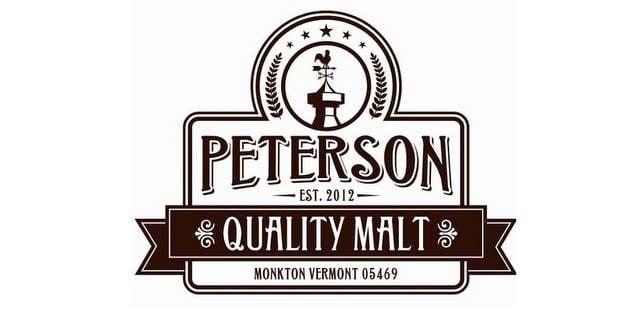
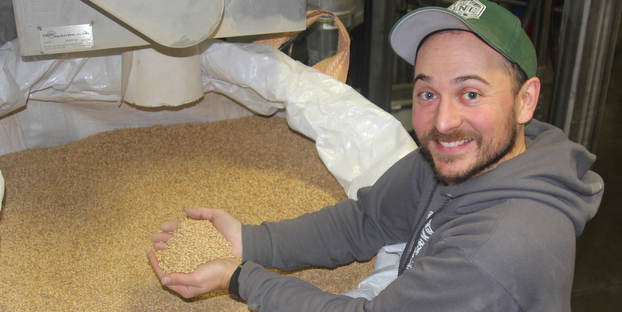
Leave a Reply
You must be logged in to post a comment.